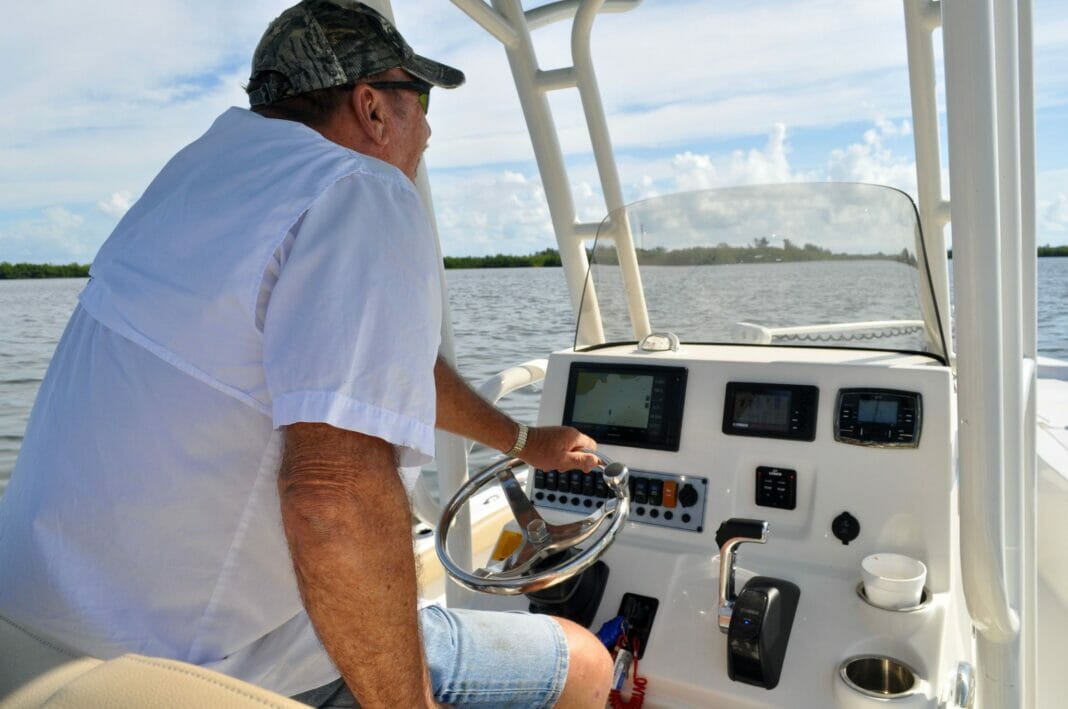Camping on the water, also known as float camping or paddle camping, is a fantastic way to enjoy the great outdoors. Drifting through tranquil waters, surrounded by nature, and setting up camp on the water’s edge is an unforgettable experience. To ensure your water camping trip is a success, follow this 10-step guide, which covers everything from planning to packing and navigating.
1. Choose the Right Location
There are many great spots to camp on the water, whether it’s a lake, river, or coastal area. When selecting your location, consider factors such as weather, water level, and accessibility. Research popular paddle camping destinations or seek out lesser-known hidden gems. Also, look for established campsites or areas where camping is permitted.
2. Plan Your Route
Once you’ve chosen your destination, plan your route, including daily distances, campsites, resupply points, and any side trips. When planning, consider factors like the speed of the current, obstacles, and wind direction. The American Canoe Association (ACA) recommends paddling no more than 15 miles per day, with rest and exploration days incorporated into your itinerary. Don’t forget to reserve any necessary permits or campsites.
3. Choose Your Craft
Your watercraft should suit your intended route, skill level, and the conditions you’ll face. Canoes are popular for flatwater and river trips, whereas sea kayaks are preferable for coastal and open-water adventures. If in doubt, consult with local outfitters, paddling clubs, or experts.
4. Practice Essential Skills
Before embarking on your adventure, ensure you have the necessary paddling and safety skills. Practice paddling efficiently, steering, and handling currents and wind. Familiarize yourself with water safety procedures, including self-rescue techniques, wet exits, and re-entries.
5. Check Weather and River Conditions
Stay informed about the weather forecast and river conditions leading up to and during your trip. Pay attention to potential storms or high winds, which can impact your safety and route progress. Consult local authorities, outfitters, or river gauges to obtain up-to-date river levels and flow rates.
6. Pack Wisely
Packing for a water camping trip requires meticulous planning. Ensure you have enough food, clean water, and camping equipment for the duration of your journey, plus a little extra for emergencies. Lightweight and well-balanced gear are crucial for efficient paddling. Consider water-resistant dry bags or barrels to keep your belongings dry. Remember to pack in accordance with local regulations, Leave No Trace principles, and any weight capacity limitations of your watercraft.
7. Master Loading Your Watercraft
To maintain stability and maneuverability, balance the weight of your gear evenly along the centerline of your watercraft, with heavier items low and central. Practice loading and unloading your watercraft on dry land to perfect your technique.
8. Learn to Navigate
Become proficient in reading topographic maps, charts, and using a compass. These skills are essential for staying on track and knowing your location. GPS devices and navigation apps are useful tools, but always carry physical maps and a compass in case of technology failure.
9. Prioritize Safety
Paddling on the water introduces unique risks, so it’s vital to prioritize safety. Always wear a well-fitted personal flotation device (PFD) and dress appropriately for the water temperature. Carry a sound-producing device, such as a whistle, in case of emergency, and store a bilge pump, paddle float, and throw rope in your watercraft. Remember to communicate your route plan to someone trustworthy who isn’t joining you on the trip.
10. Enjoy Your Trip
With careful planning and thorough preparation, your water camping adventure should be an incredible experience. Embrace the challenges, connect with nature, and cherish the unforgettable memories made along the way.
By following this 10-step guide, you’ll be well on your way to a successful water camping trip. Whether you’re paddling through tranquil lakes or navigating challenging river currents, water camping offers an exciting and rewarding way to explore the outdoors.


